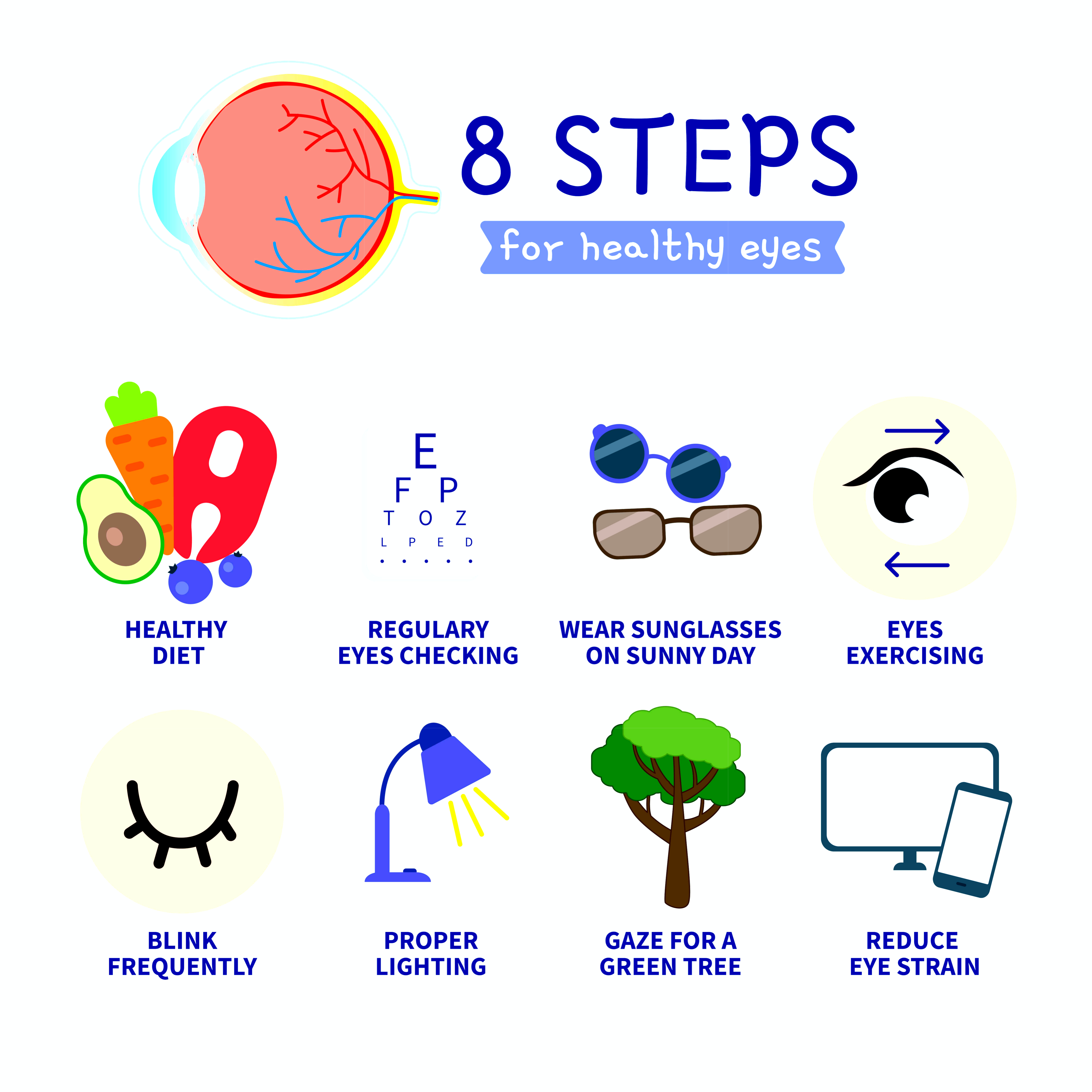All Categories
Featured
Table of Contents

Regular eye examinations are crucial for keeping great vision and spotting potential eye health concerns early. The frequency of these examinations can differ substantially based on an individual's age, lifestyle, and general health and wellness. Understanding the advised routine for eye examinations can assist make sure that people of any ages get ideal care and tracking for their eye wellness.
Newborns and Toddlers (0-2 Years)
For toddlers and babies, eye exams are critical for identifying any kind of prospective vision troubles early. The American Academy of Ophthalmology recommends that a child's initial eye test need to happen at around six months old. Throughout this first see, the eye treatment specialist will evaluate the child's visual development and check for any type of noticeable eye concerns.Following this very first test, it is recommended that kids have an additional eye test at age three. This check out will certainly focus on evaluating the youngster's overall visual function, consisting of eye alignment and the capability to track items. If no concerns are detected, the following exam needs to be arranged prior to the youngster starts institution, commonly around age 5 or six.
School-Aged Kids (6-18 Years)
Normal eye tests should be arranged every one to 2 years when children get to school age. Vision is crucial for learning and development, and many institutions carry out vision screenings. These screenings do not replace an extensive eye examination by an eye care professional.For youngsters associated with tasks or sports needing considerable visual emphasis, yearly eye exams might be suggested. Additionally, if a child shows indications of vision problems-- such as difficulty checking out, scrunching up your eyes, or constant migraines-- a visit to the eye medical professional ought to be set up as quickly as possible.
Young Person (19-39 Years)
Youthful grownups typically have less vision changes than older age, yet routine eye exams continue to be important. The basic suggestion is to schedule an eye exam every 2 years during this period. People with specific danger variables-- such as a household history of eye condition, diabetic issues, or those who put on get in touch with lenses-- should think about annual eye exams.Furthermore, those that spend significant time on electronic gadgets might experience digital eye strain. If signs such as dryness, fatigue, or blurred vision happen, it may be smart to see an eye care expert earlier.
Adults (40-64 Years)
As individuals enter midlife, the chance of developing vision issues boosts. Adults aged 40 to 64 should set up eye examinations every one to two years. This age may begin to experience presbyopia, a natural age-related problem that makes it testing to focus on close things. Eye exams can likewise assist identify other common age-related conditions such as glaucoma, cataracts, and macular deterioration.If people in this age have risk elements like high blood stress or diabetes, they may call for even more constant exams to check their eye health and wellness carefully.
Seniors (65 Years and Older)
For seniors, normal eye tests end up being even much more critical. The American Optometric Association advises that individuals aged 65 and older have an eye exam at least as soon as a year.Conclusion.
Understanding the proper routine for eye exams based on age is important for keeping optimal eye wellness throughout life. By adhering to these guidelines and consulting with an eye treatment expert, individuals can take aggressive steps toward maintaining their vision and total health and wellness.Latest Posts
Experience Coastal Elegance at Deauville Inn
Published Apr 09, 25
1 min read
Experience the Boogaloo: Dining, Drinks, & Sports at FunCity Hotel
Published Feb 09, 25
2 min read
Discover Relaxation at the Claridge Indoor Swimming Pool
Published Feb 09, 25
1 min read